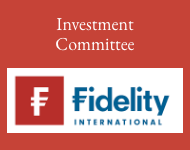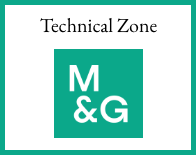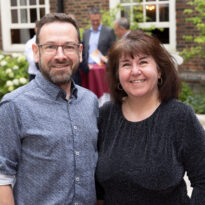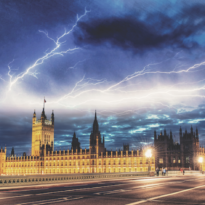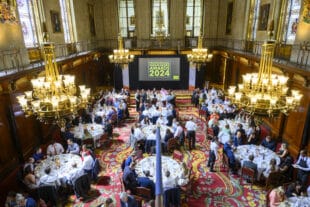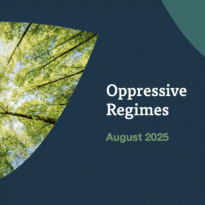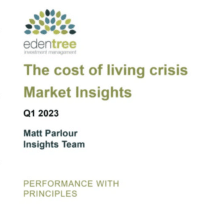In recent years, the renewable energy sector has experienced significant shifts, shaped by evolving regulations, political dynamics, and economic pressures. In a recent interview, Charlie Thomas, Chief Investment Officer, EdenTree, and manager of the Green Future Fund, shed light on the key developments, challenges, and opportunities for investments within the green energy sector.
One of the most influential regulatory changes in recent years has been the Inflation Reduction Act, which Thomas describes as a “stimulus for renewables and alternative energies in the US.” A notable focus of the Act has been bringing manufacturing back onshore into the US.
“We believe round about 85% of the spending under the Act has gone to Republican states rather than Democratic states,” explains Thomas. “Why is that important? Well, it’s really about job creation. And we believe that remains an absolute focus of the Trump presidency.”
This underscores a key reality in policy: while political rhetoric often dominates the headlines, the practical outcomes can differ significantly, he suggests.
While the regulatory landscape has offered a boost to renewables, Thomas is quick to point out that not all sectors within green investment have benefited equally.
For Thomas, mitigation means avoiding certain risks. He says: “We’ve been very cautious with our exposure to the renewable energy sector, particularly solar and wind manufacturers, for an extended period.”
This caution stems from understanding the political and geopolitical issues that are playing out, as well as the interest rate environment. These factors, Thomas notes, have made growth difficult for some areas of renewables.
In constructing investment portfolios, Thomas emphasises the importance of managing factor risk: “It’s about ensuring we’re not overlaying too much of the same types of companies within our portfolio.” This focus has been central to the way the managers have structured the fund over the past three years.
Green investment themes
For investors considering a return to green themes, Thomas offers a nuanced perspective. While some sectors, such as alternative energy, have faced significant headwinds, others have performed well, he points out.
“There’s been huge dispersion in the performance of different themes,” he says. He points to alternative energy having been challenging but other areas – like the circular economy, energy efficiency, and the water sector – having delivered strong returns.” Diversification, therefore, is one of the key strengths of a multi-thematic fund like the Green Future Fund.”
While current challenges persist, Thomas and his team remain vigilant for potential turning points. “We’re always on the lookout for shifts, particularly in the more challenging sectors.”
Lessons from the past
Reflecting on the Trump administration’s first term, Jan 2017-Jan 2021, Thomas highlights a surprising trend. “Despite a negative policy backdrop, renewables performed well during Trump’s first presidency. That was largely driven by a low-interest rate environment, which spurred development in the sector.”
By contrast, the Biden administration has faced a much more challenging economic backdrop. Higher interest rates, inflation, and geopolitical issues have created significant headwinds for renewables, he notes.
For 2025, Thomas sees a complex but potentially optimistic future. “There’s a lot of uncertainty right now – geopolitical tensions, inflationary pressures – but one of the positives of a Trump presidency is the clarity it could bring. Markets don’t like uncertainty, so once clarity returns, we could see a stabilisation.”
Several factors suggest the potential for a rebound in the renewable sector. “As interest rates begin to come down, input costs for renewables will decrease. At the same time, purchase agreements in the market remain solid. These are the ingredients for a potential resurgence in the sector,” says Thomas.
Thomas and his team remain focused on identifying opportunities across the green investment landscape. While the path ahead is complex, the combination of regulatory support, market clarity, and falling input costs could set the stage for a brighter future for renewable energy, he says.
The key is preparation. “We’re focusing closely on these dynamics as we move through the first quarter of 2025.”
You can watch the full interview HERE.
Main image: kevin-jiner-9qESDrlpkiA-unsplash




